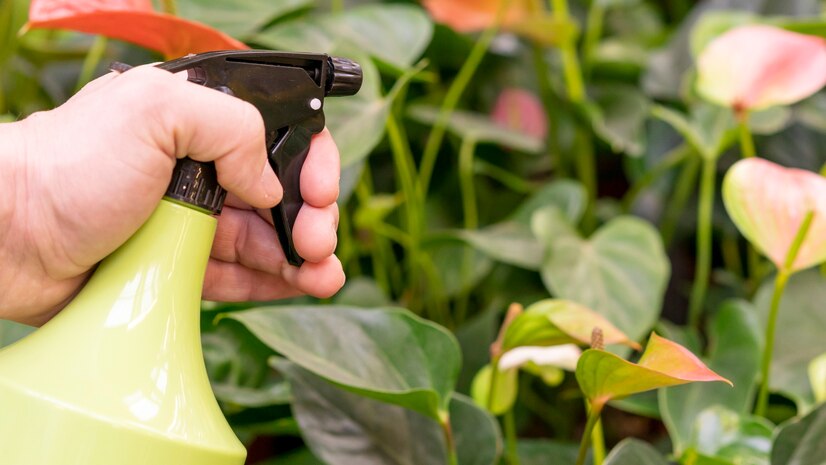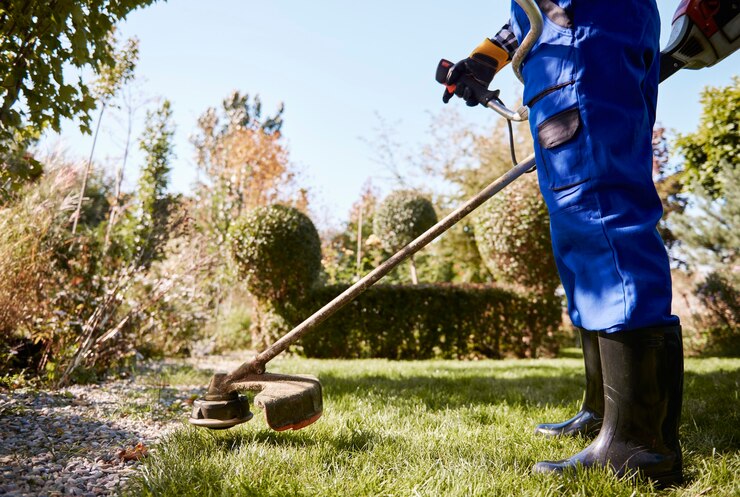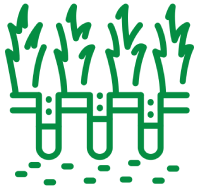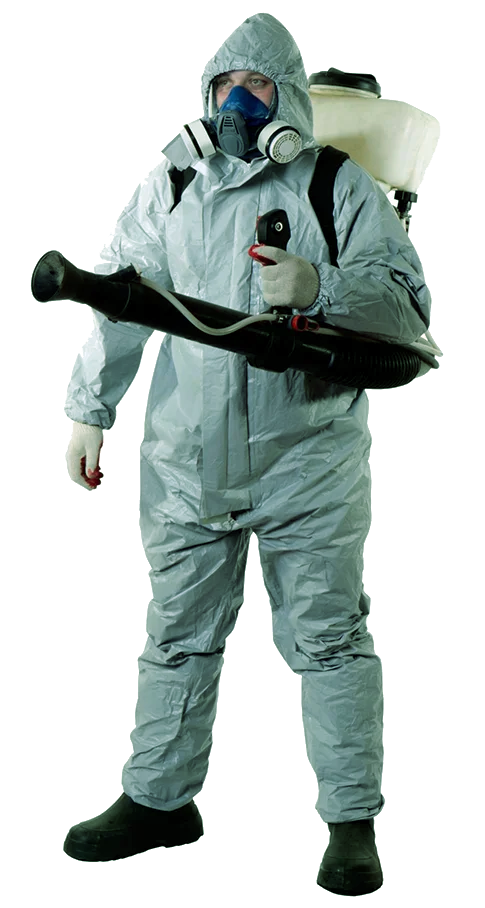rodents and possums - lawn pests
Finest Lawn Insect Control, Signs and Risks
Lawn insects, more commonly referred to as lawn bugs, are small creatures that can wreak havoc on our beautiful carpets of green grass both at home and in public spaces. Bugs that attack gardens and lawns worldwide, like mites and snails, can be an immense source of frustration for gardeners and homeowners alike.
As various insects, ranging from chinch bugs and grubs to armyworms and aphids can damage lawns, our lawns may become susceptible to invasion by various species, causing unsightly patches of brown to complete devastation.
Signs of Lawn Insect Infestation

Signs of lawn insect infestations can be distressing for homeowners, as they can wreak havoc on your lush green yard. One of the telltale indicators is discolored patches in your lawn resulting from insects feeding on grass blades, causing them to wither and die off.
Additionally, you may notice increased bird, skunk, and raccoon activity in your yard. Insects in your lawn attract these animals, so any sudden appearance is an indicator that there may be an insect problem present. If a sudden surge of these critters is observed – that could be an early indicator.
- Lawn insect control
- Lawn Bug Removal
- Regular Inspections
- Next-Gen Control
- Proficient Professionals

Dangers of Lawn Insect Control
Lawn insect infestations can devastate your lawn’s health and appearance. Pests like fire ants or ticks threaten human and pet safety by inflicting painful stings or transmitting diseases. So, timely identification and lawn insect controlare crucial to maintaining an attractive, pest-free lawn.

Preventing Lawn Insect Control

Regular Lawn Care
Scheduling regular mowing, watering, and fertilization helps promote strong grass growth that's less vulnerable to insect damage.

Aerate Your Lawn
Aeration can allow air, water, and nutrients to penetrate the soil and strengthen the grassroots, making it less attractive to insects.

Proper Watering
Provide deep and frequent irrigation to promote healthy root development. Shallow irrigation may weaken grass and make it more vulnerable to infestation.
Range of Lawn Bug Insect Control Methods
Lawn control Geelong methods encompass various strategies and approaches designed to manage and limit the damage caused by insects in your lawn. Here are a few popular solutions:

Chemical Pesticides
Chemical pesticides are the classic way to combat lawn insects. While insecticides are designed to target specific pests, they may also harm beneficial insects.

Biological Control
Biological control methods involve using natural predators or parasites that prey upon lawn pests to effectively control them, such as using nematodes to limit grub numbers or ladybugs to manage aphids.

Culture Practices
By keeping up with proper cultural practices such as regular mowing, aeration, and watering schedules for your lawn, it will become less attractive to pests and more resilient against infestation.

Natural and Organic Products
Natural insecticides like neem oil or diatomaceous earth offer an organic insect control option with less environmental footprint than chemical pesticides.

Frequently Asked Questions
A lawn infestation typically presents itself with discolored or dying grass patches, an increase in insect activity, holes in the soil, and pests such as grubs or ants being present.
To detect lawn insects, closely inspect your grass for characteristic damage patterns and use online resources or consult your local extension office as resources for help.
Failing to address infestations could result in extensive lawn damage, decreased property value, and possible health hazards associated with ticks or mosquitoes.
Yes. Organic pesticides, cultural practices that support beneficial insects, and integrated Pest Management (IPM) techniques are all options available to homeowners looking for ecologically friendly ways to tackle lawn insect issues.
Absolutely – preventive measures such as regular lawn care, maintenance, and selection of insect-resistant grass varieties can reduce the likelihood of infestation.
Timing depends on both pest type and region. Generally, spring and early fall are optimal times for preventative insecticide applications, while targeted treatments may be necessary when infestations have already started occurring.
To protect yourself and them, consider using pet- or child-safe insecticides; observe recommended waiting periods before permitting access; and communicate your concerns directly to your pest control provider.
It may be beneficial for severe or persistent infestations to seek professional assistance as professionals have the expertise and resources to identify and resolve them quickly while mitigating risk to your lawn and environment.

